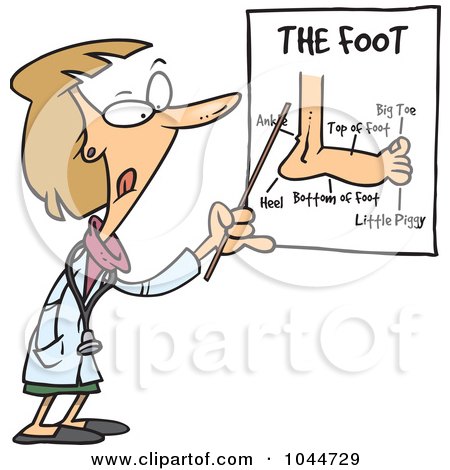 There has been a great advancements in the treatment of great toe arthritis, also known as hallux limitus and/or hallux ridigus. The terms commonly used refer to the latin term for limited to no motion, which is the main complaint that patients will have when they present for this condition. There is no clear understanding of the cause of hallux limitus/rigidus, but the main understanding is it may be due to trauma or chronic mechanical overload of the joint with abnormal weight bearing. The limited motion in the great toe joint is due to bone spurring and arthritis of the joint which causes jamming and pain.
There has been a great advancements in the treatment of great toe arthritis, also known as hallux limitus and/or hallux ridigus. The terms commonly used refer to the latin term for limited to no motion, which is the main complaint that patients will have when they present for this condition. There is no clear understanding of the cause of hallux limitus/rigidus, but the main understanding is it may be due to trauma or chronic mechanical overload of the joint with abnormal weight bearing. The limited motion in the great toe joint is due to bone spurring and arthritis of the joint which causes jamming and pain.Presenting symptoms for this include, but are not limited, to stiffness/pain/swelling/limited motion and cracking and/or grinding of the great toe joint.
Patients who present initially with mild complaints are often treated with shoe modifications and orthotics or custom insoles. Patients will often state that this improves their pain because they are not placing as much weight through the great toe region. However, over time, a certain number of patients will get increasing pain as the arthritis gets worse. This diagnosis is made through examination and x-rays of the foot to see the level of arthritis and joint damage to the great toe. It is rare but in some cases of local cartilage damage of possible cartilage lesions of the great toe, an MRI may be performed.
In most cases, surgical treatment of bone spurs and great toe arthritis is necessary. As the arthritis gets worse, the surgery is more difficult and requires more invasive options.
Advancements in surgical options for hallux limitus/rigidus are growing and getting better and better, offering a multitude of treatment options based upon the patient's needs. These procedures can include cheilectomy of bone spur removal, osteotomy for realignment and joint decompression, midfoot fusion for 1st metatarsal repositioning, hemi base implant joint resurfacing and great toe fusion
In general, early cases of spurring with limited joint damage do well with cheilectomy. As the problem proceeds, less cartilage is avaliable to work with, therefore an implant or great toe fusion is required If the 1st metatarsal bone is very loose and seems to be drifting upwards resulting in jamming of the great toe joint, then a fusion of the metatarsal at the base is a good option to realign the first metatarsal and prevent the jamming at the great toe joint.
For more information or to schedule an appointment, please call our office at, 440-946-5858.


